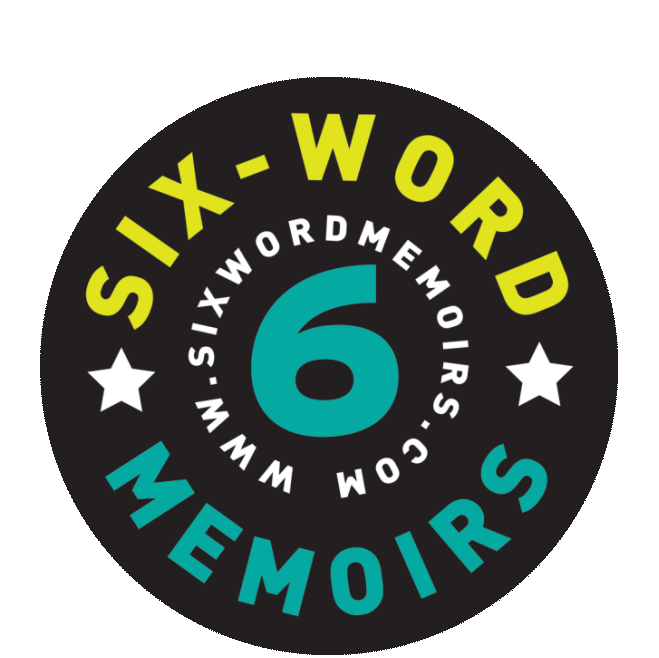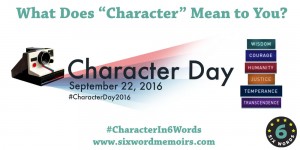Kileen Gilroy a 7th-grade English Language Arts teacher at Lincoln Middle School in Rhode Island, first discovered the Six-Word Memoir format at the very start of her teaching career, eleven years ago, when she was teaching 9th-grade high school students. “A colleague had introduced me to the platform and I thought it was such a cool and unique way for students to share an aspect of their stories and who they are, she says. “This project really requires students to critically think, select vocabulary wisely, and often proves in writing, that less is more.”
Since that first introduction, Gilroy has consistently incorporated Six-Word Memoirs into her teaching, allowing the activity to evolve along with her curriculum, student needs, and her own creativity. As she experimented with different grade levels and student populations, she discovered that Six-Word Memoirs were not just about self-expression but could also serve as a way to foster empathy, capture different perspectives, and demonstrate comprehension of complex topics.
One of the most profound applications of Six-Word Memoirs in her classroom occurred when she was teaching in Hawaii. There, students used the format to describe their island, connecting their writing to their personal and cultural experiences. More recently, she used Six-Word Memoirs as a reflection tool in a unit on the Lost Children of Sudan. After reading A Long Walk to Water and meeting a real-life Lost Boy, Angelo Maker, students crafted Six-Word Memoirs to encapsulate themes of survival, resilience, and empathy.

While Gilroy encourages students to share their work on the official Six-Word Memoirs website, she has also found creative methods to display their writing. “I have ‘published’ their work with printed Google slides in the hallway, a PDF class and/or team e-book, and now, use an Instagram style template to promote the positive power and influence of social media to represent an individual’s identity and/or promote advocacy about a global issue. Students are able to demonstrate their learning in meaningful and applicable ways, while also learning the writing process from brainstorming to a published piece.”

“I want educators to know that students genuinely love Six-Word Memoir in whatever capacity I have taught it. And still it can also be more challenging for students than you think: some students really struggle with being concise, selecting words, and even reflecting on who they are and the story they want to ‘leave behind’ that represents them.”
In the end, Gilroy thinks Six-Word Memoirs offers something for any educator. “Even though I teach ELA, I could see the form being applied to any subject; it’s just a great way for students to take ownership over their learning and demonstrate their understanding of the work.
_____________________________________________
Teachers! Since we first launched The Six-Word Memoir Project, educators across the spectrum have found the six word format to be a terrific classroom assignment and catalyst for self-expression. At our Six in Schools section, we celebrate students’ work from classrooms around the world. Download one or all of our free teacher’s guides here. Email us at larry AT sixwordmemoirs.com and share your classroom’s six-word journey and your students could be featured in a future Classroom of the Month.
Post a Comment
You must be logged in to post a comment.


